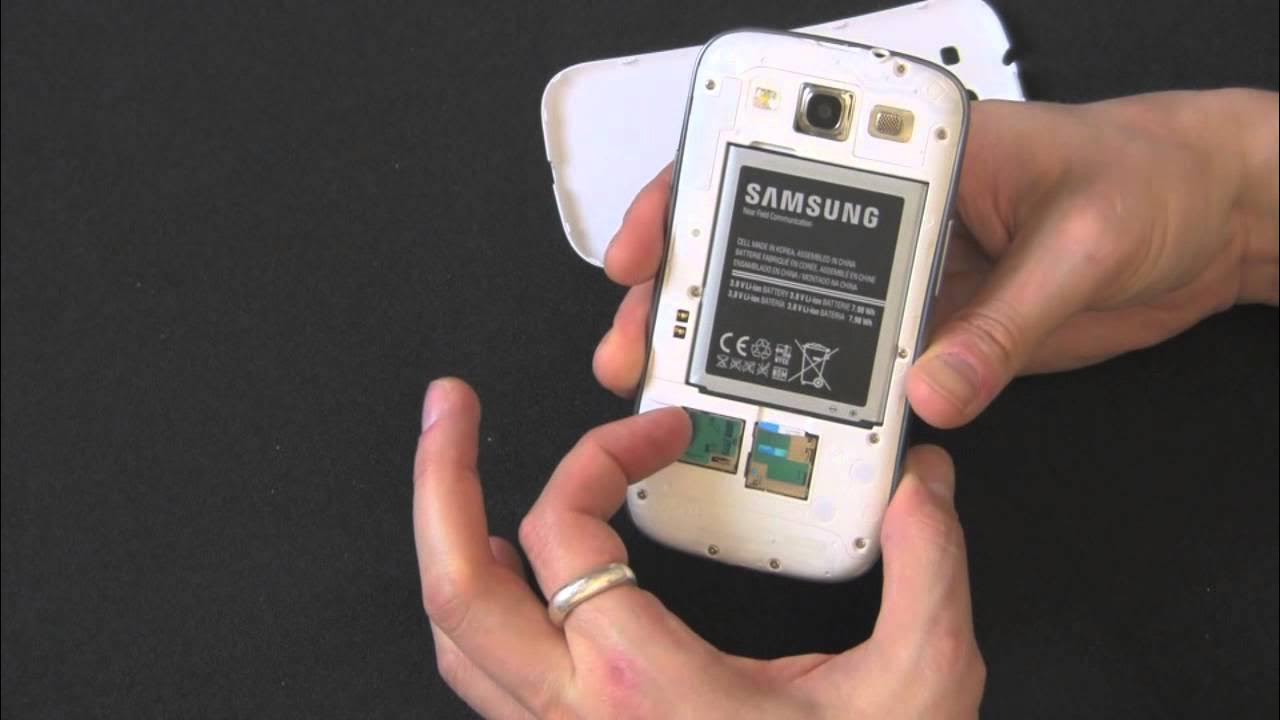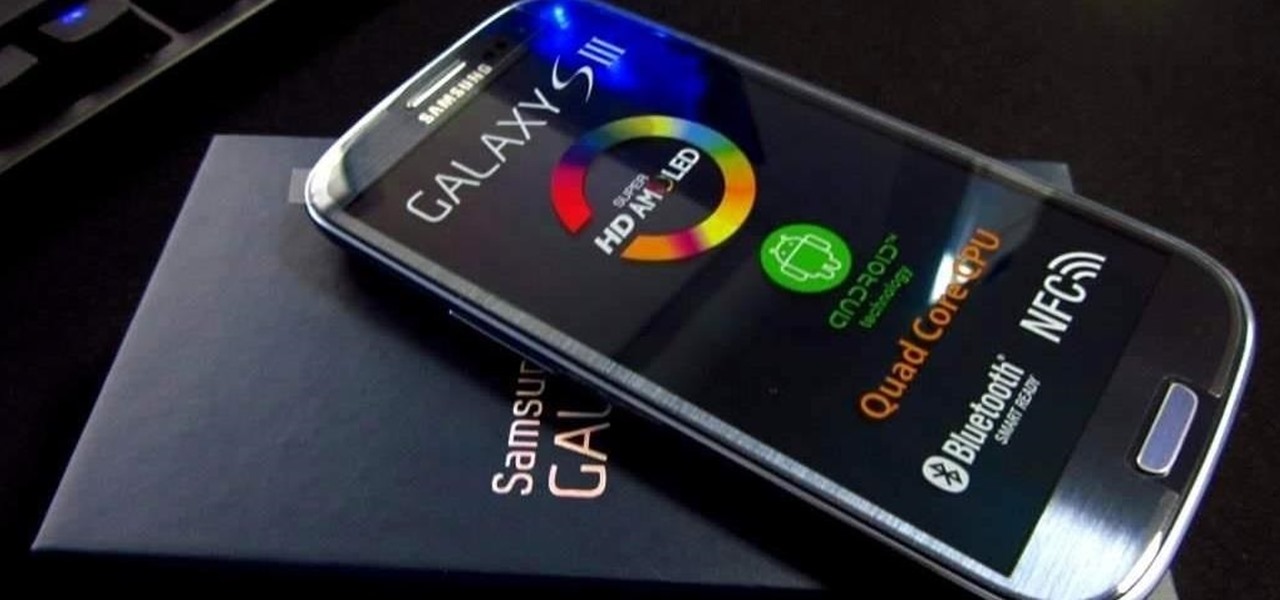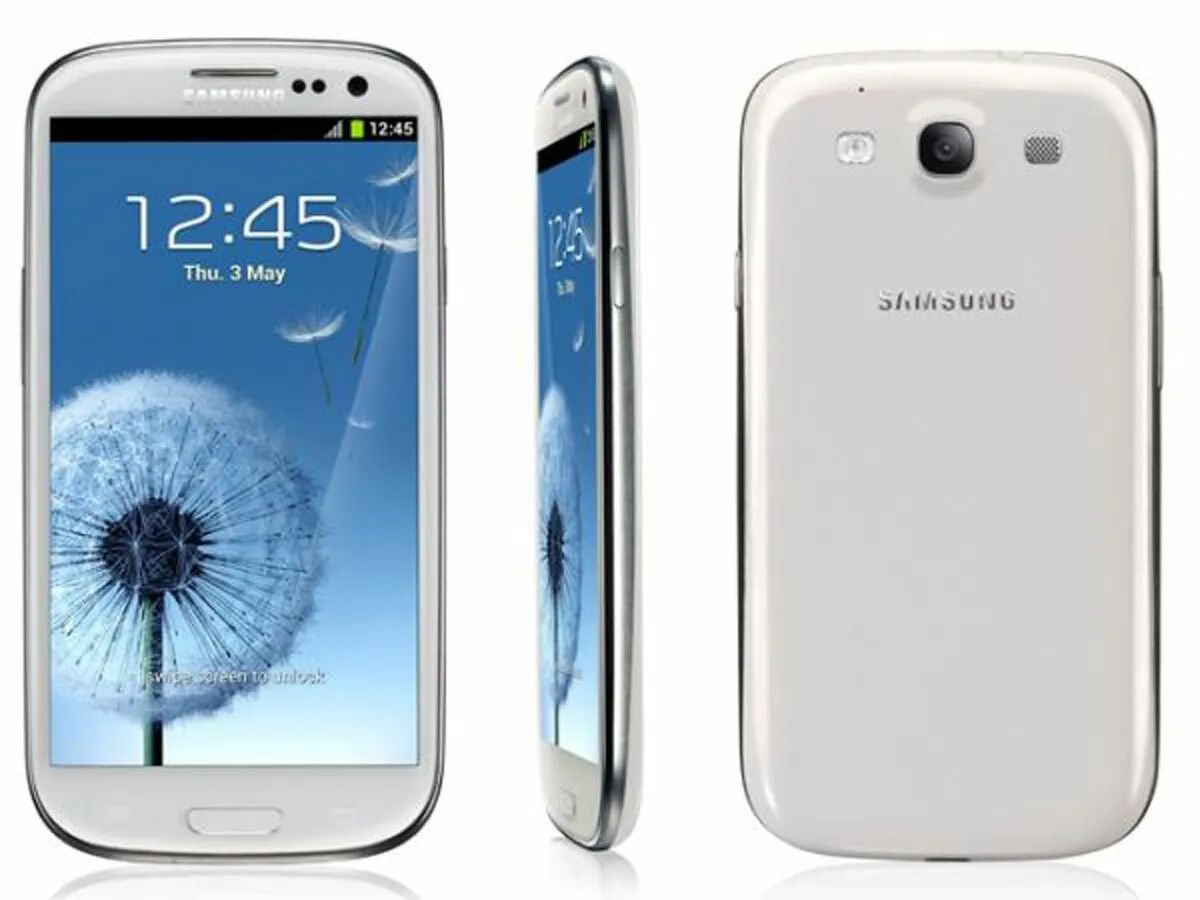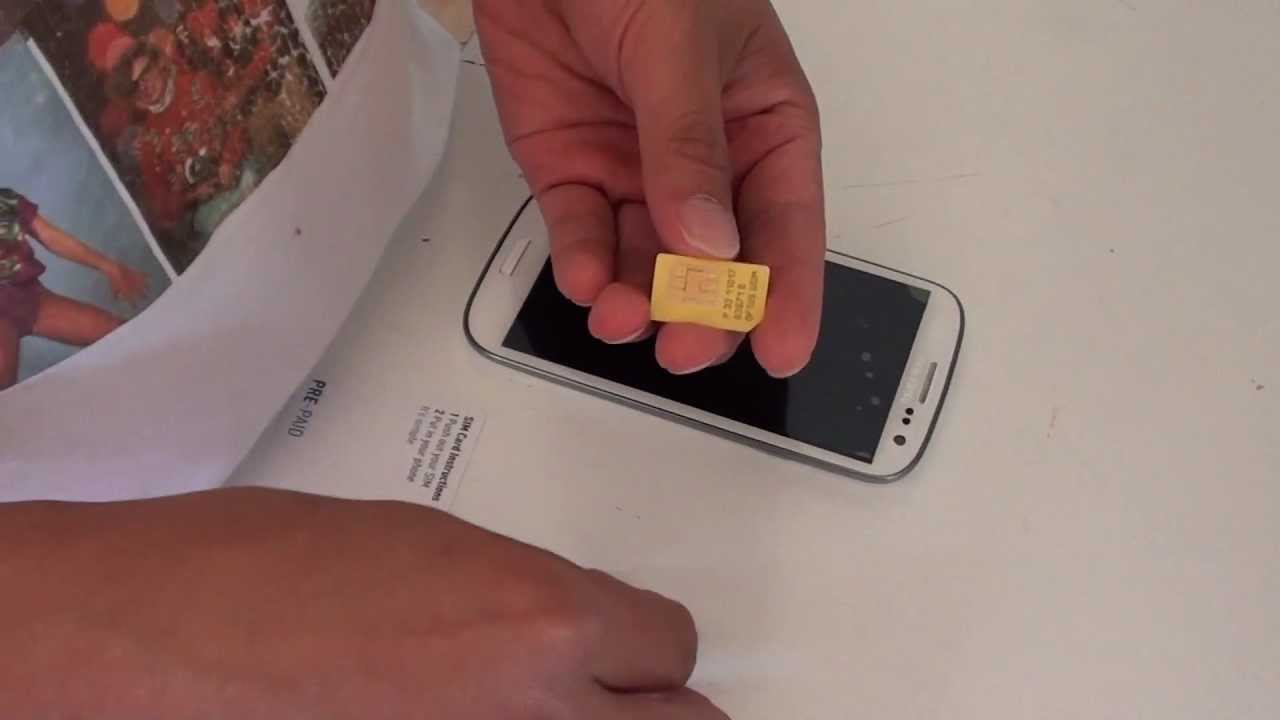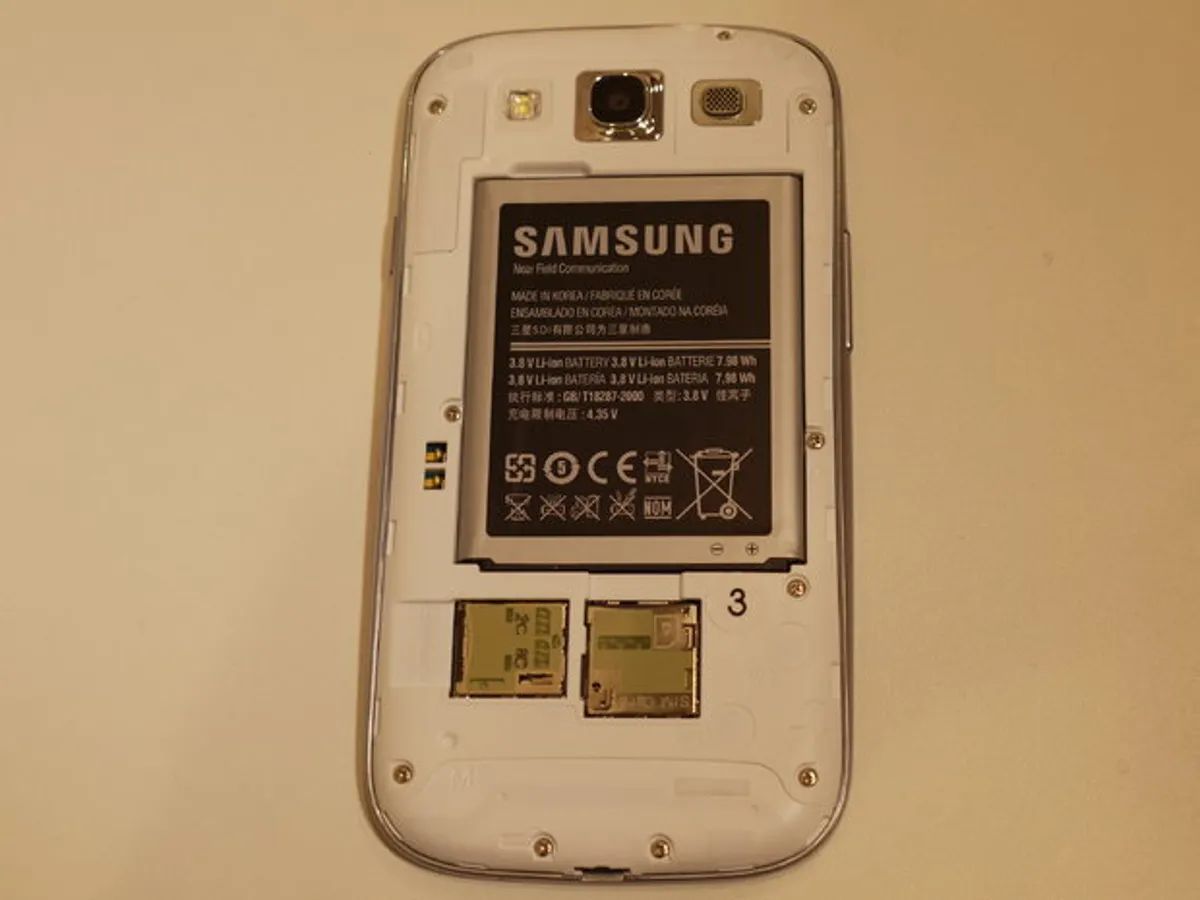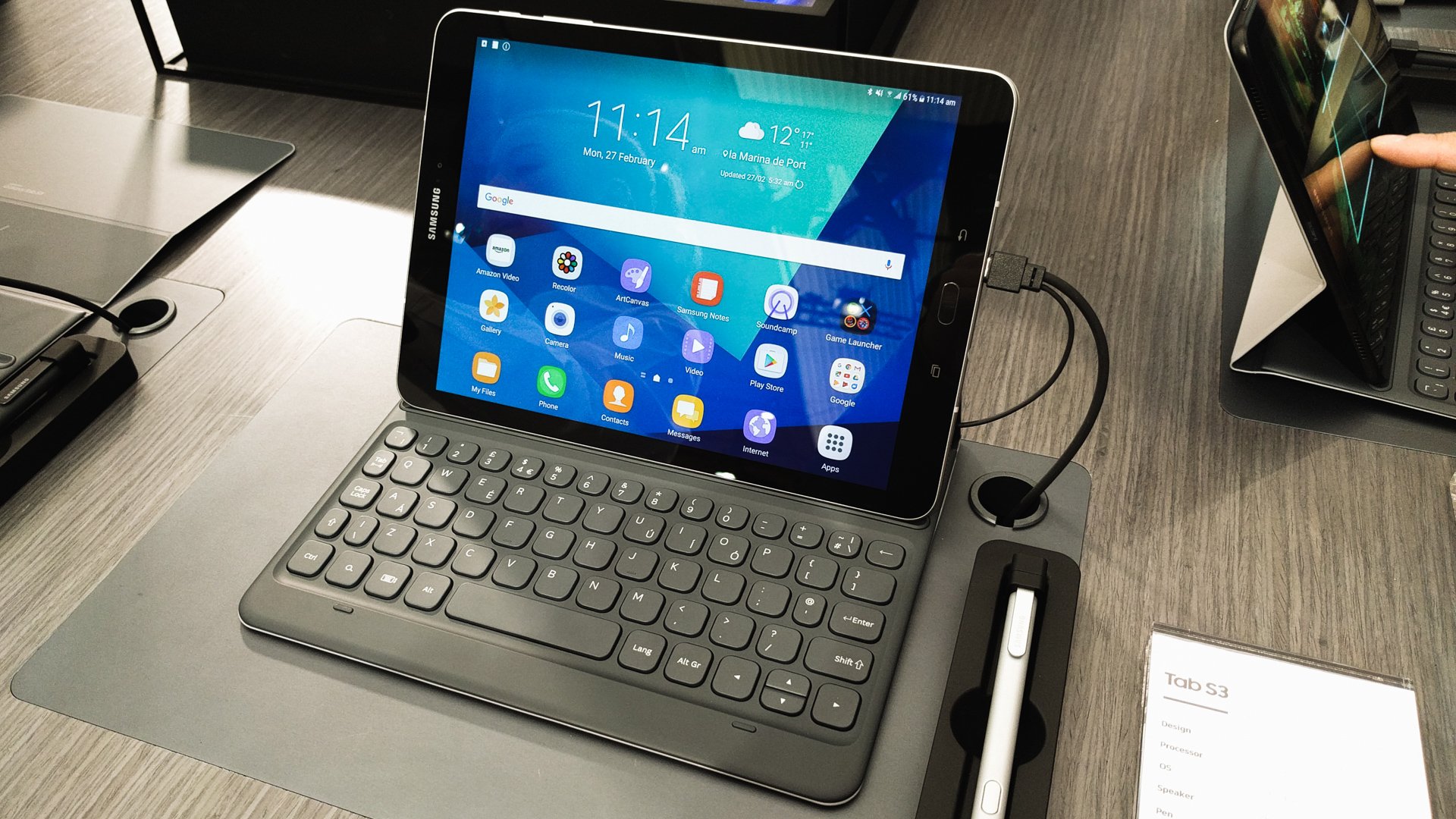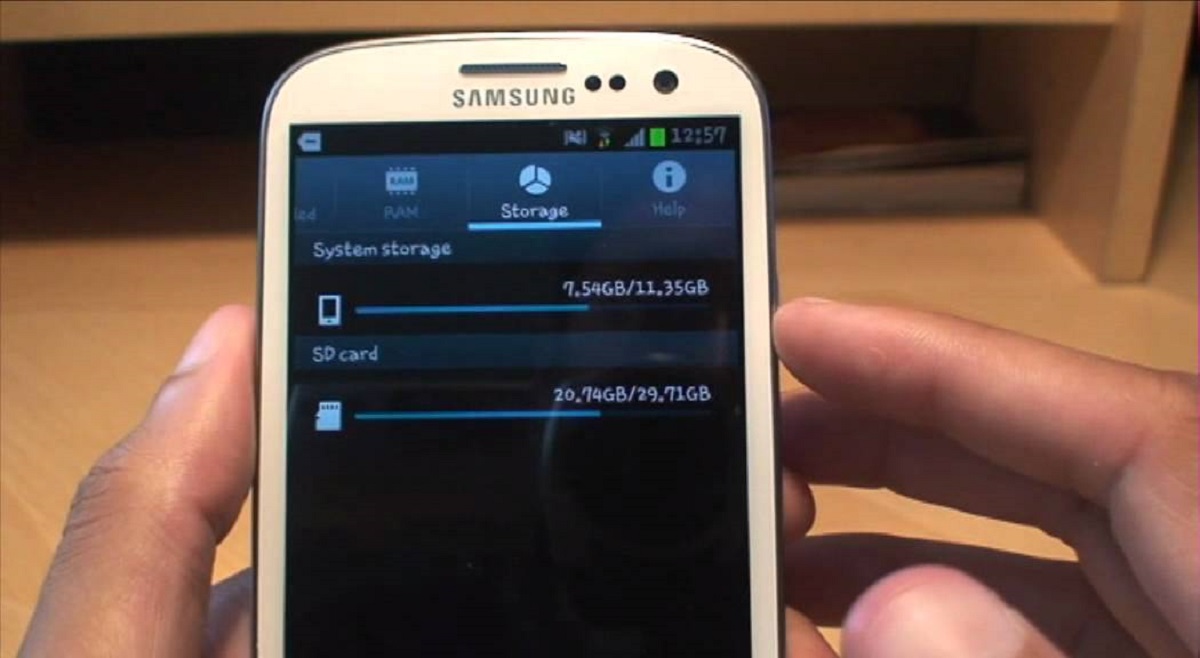Introduction
The Samsung Galaxy S3, known for its sleek design and advanced features, continues to be a popular choice among smartphone users. However, to fully harness its capabilities, selecting the right SIM card is crucial. A SIM (Subscriber Identity Module) card is a small, removable card that connects your device to the mobile network, enabling you to make calls, send texts, and access mobile data. In this comprehensive guide, we will delve into the essential factors to consider when choosing a SIM card for the Samsung Galaxy S3.
The importance of selecting the right SIM card cannot be overstated. It serves as the gateway to seamless connectivity, allowing you to stay connected with friends, family, and the digital world at large. As technology continues to evolve, the significance of a reliable and compatible SIM card becomes increasingly apparent. Whether you're a frequent traveler, a data-hungry user, or someone who simply values consistent network coverage, the right SIM card can significantly enhance your overall smartphone experience.
In the following sections, we will explore the various aspects of choosing a SIM card for the Samsung Galaxy S3. From understanding the different types of SIM cards to evaluating network coverage and data plans, we will provide valuable insights to help you make an informed decision. Additionally, we will discuss the importance of considering the SIM card size and selecting the right carrier for your specific needs.
By the end of this guide, you will have a clear understanding of the factors that influence your choice of SIM card for the Samsung Galaxy S3. Whether you're looking for enhanced data speeds, wider network coverage, or budget-friendly plans, this comprehensive resource will equip you with the knowledge to make a well-informed decision. Let's embark on this journey to discover the perfect SIM card for your Samsung Galaxy S3.
Understanding SIM Card Types
When it comes to SIM cards, understanding the different types available is crucial in making an informed decision for your Samsung Galaxy S3. There are three primary types of SIM cards: standard SIM (also known as mini-SIM), micro-SIM, and nano-SIM. Each type varies in size, and it's essential to determine which one is compatible with your device.
The standard SIM, or mini-SIM, was the first iteration of the SIM card and is characterized by its larger size. While it was widely used in older smartphone models, including early versions of the Samsung Galaxy series, newer devices such as the Samsung Galaxy S3 require a smaller SIM card. This leads us to the micro-SIM, which was introduced to accommodate the trend of slimmer and more compact smartphones. The micro-SIM is significantly smaller than its predecessor, making it suitable for devices like the Samsung Galaxy S3.
In recent years, the nano-SIM has emerged as the latest standard in SIM card technology. It is the smallest of the three types, designed to meet the demands of modern smartphone designs that prioritize sleekness and portability. Despite its diminutive size, the nano-SIM offers the same functionality as its larger counterparts, including the ability to store subscriber information and connect to the mobile network.
When selecting a SIM card for your Samsung Galaxy S3, it's imperative to ensure compatibility with the device's SIM card slot. While newer smartphones typically require micro-SIM or nano-SIM cards, it's essential to consult the device's specifications or user manual to determine the exact type of SIM card it supports. Additionally, if you are upgrading from an older device that uses a standard SIM, you may need to obtain a new SIM card that aligns with the Samsung Galaxy S3's requirements.
Understanding the distinctions between these SIM card types empowers you to make a well-informed choice, ensuring that your Samsung Galaxy S3 is equipped with a SIM card that fits seamlessly and functions optimally. As we delve deeper into the intricacies of selecting the right SIM card, let's explore how compatibility with the Samsung Galaxy S3 plays a pivotal role in enhancing your mobile experience.
Compatibility with Samsung Galaxy S3
The Samsung Galaxy S3, a pioneering device in the realm of smartphones, introduced a shift towards micro-SIM card compatibility. This transition marked a departure from the standard SIM cards used in earlier models, requiring users to adapt to the smaller form factor. Understanding the compatibility of SIM cards with the Samsung Galaxy S3 is paramount in ensuring seamless functionality and optimal performance.
The Samsung Galaxy S3 features a dedicated slot designed specifically for micro-SIM cards. This precision engineering reflects the device's commitment to streamlined design and efficient use of space. The utilization of a micro-SIM card enables the Samsung Galaxy S3 to maintain its sleek and compact form while accommodating essential connectivity components.
In practical terms, the micro-SIM card's compatibility with the Samsung Galaxy S3 empowers users to access mobile networks, make calls, send texts, and utilize data services without compromise. This alignment between the device and the SIM card type ensures a harmonious integration, allowing users to leverage the full potential of their Samsung Galaxy S3 experience.
It's important to note that while the Samsung Galaxy S3 exclusively supports micro-SIM cards, the device is not compatible with nano-SIM cards. This distinction is crucial for users seeking to upgrade their SIM cards or transition from devices that utilize different SIM card formats. By adhering to the micro-SIM standard, Samsung has established a clear framework for users to select SIM cards that align with the Samsung Galaxy S3's specifications.
Furthermore, the compatibility of micro-SIM cards with the Samsung Galaxy S3 extends to various network providers, enabling users to choose from a wide array of carriers and data plans. This flexibility empowers users to tailor their mobile experience to their specific needs, ensuring that they can seamlessly integrate their preferred SIM card with the Samsung Galaxy S3.
In summary, the compatibility of micro-SIM cards with the Samsung Galaxy S3 underscores the device's commitment to modern connectivity standards. By embracing the micro-SIM format, the Samsung Galaxy S3 delivers a user-friendly and versatile platform for accessing mobile networks and services. As users navigate the landscape of SIM card options, understanding the compatibility with the Samsung Galaxy S3 serves as a guiding principle in optimizing their smartphone experience.
Network Coverage and Data Plans
Network coverage and data plans play a pivotal role in shaping the overall mobile experience for Samsung Galaxy S3 users. When selecting a SIM card, it's essential to consider the network coverage provided by different carriers and the range of data plans available. This ensures that users can stay connected, access high-speed data, and enjoy reliable network performance.
Network coverage refers to the geographical area in which a mobile carrier provides service. It encompasses the availability of voice calls, text messaging, and data connectivity. For Samsung Galaxy S3 users, robust network coverage is essential for maintaining seamless communication and accessing online content without interruptions. Prioritizing carriers with extensive coverage ensures that users can stay connected whether they are in urban areas, rural locations, or during travel.
In addition to network coverage, evaluating data plans is crucial for optimizing the Samsung Galaxy S3's capabilities. Data plans determine the amount of mobile data users can access within a specific timeframe, typically measured in gigabytes (GB). With the Samsung Galaxy S3's capability to support high-speed data connectivity, selecting an appropriate data plan enables users to stream media, browse the internet, and engage in various online activities without constraints.
When exploring data plans, it's important to consider factors such as data allocation, data speeds, and any associated limitations or throttling. Some carriers offer unlimited data plans, providing users with unrestricted access to high-speed data throughout their billing cycle. Others may have tiered data plans, offering different data allotments at varying price points. Understanding these distinctions empowers Samsung Galaxy S3 users to choose data plans that align with their usage patterns and budgetary preferences.
Furthermore, the availability of features such as mobile hotspot functionality, international roaming options, and data rollover provisions can enhance the appeal of specific data plans. These additional features cater to diverse user needs, whether it involves sharing mobile connectivity with other devices, staying connected while traveling abroad, or retaining unused data for future use.
By carefully assessing network coverage and data plans, Samsung Galaxy S3 users can make informed decisions when selecting a SIM card. This ensures that they can leverage the full potential of their device, enjoying consistent connectivity and access to high-speed data across various locations and usage scenarios. The synergy between robust network coverage and well-suited data plans contributes to a fulfilling mobile experience, aligning with the Samsung Galaxy S3's capabilities and user expectations.
SIM Card Size
The physical dimensions of a SIM card play a crucial role in its compatibility with the Samsung Galaxy S3. As technology has advanced, SIM cards have undergone a size evolution to accommodate the sleek and compact designs of modern smartphones. Understanding the significance of SIM card size is essential for Samsung Galaxy S3 users seeking to ensure seamless integration and optimal functionality.
The Samsung Galaxy S3 is designed to accommodate a micro-SIM card, which is notably smaller than the standard SIM card used in older devices. The shift towards the micro-SIM format reflects the industry's drive towards miniaturization and space efficiency. By adopting the micro-SIM standard, the Samsung Galaxy S3 optimizes its internal layout, allowing for a slimmer profile without compromising essential connectivity features.
The micro-SIM card's reduced size does not diminish its capabilities; it retains the ability to store subscriber information and connect to mobile networks, enabling users to make calls, send texts, and access data services. This seamless integration aligns with the Samsung Galaxy S3's commitment to modern connectivity standards, ensuring that users can leverage the device's full range of features without limitations.
When considering SIM card size, it's important to note that the Samsung Galaxy S3 does not support nano-SIM cards. This distinction is crucial for users who may be transitioning from devices that utilize the nano-SIM format, as they will need to obtain a compatible micro-SIM card to ensure proper functionality with the Samsung Galaxy S3.
Furthermore, the compact nature of the micro-SIM card contributes to the overall aesthetic appeal of the Samsung Galaxy S3. Its smaller form factor aligns with the device's emphasis on sleek design and portability, complementing the smartphone's visual appeal while maintaining essential connectivity capabilities.
In summary, the Samsung Galaxy S3's compatibility with micro-SIM cards underscores the device's dedication to modern connectivity standards and efficient use of space. By embracing the micro-SIM format, the Samsung Galaxy S3 provides users with a streamlined and contemporary platform for accessing mobile networks and services, further enhancing the overall smartphone experience.
Choosing the Right Carrier
Selecting the right carrier is a pivotal decision when choosing a SIM card for the Samsung Galaxy S3. Carriers, also known as mobile network operators, play a central role in providing connectivity, network coverage, and data services to smartphone users. The choice of carrier significantly impacts the overall mobile experience, influencing factors such as call quality, data speeds, customer support, and additional features.
When evaluating carriers for the Samsung Galaxy S3, it's essential to consider several key aspects to make an informed decision. One of the primary considerations is network coverage. Different carriers have varying degrees of coverage across geographical locations, including urban, suburban, and rural areas. Robust network coverage ensures that Samsung Galaxy S3 users can stay connected and access reliable voice and data services, regardless of their location.
In addition to network coverage, the quality of data services is a crucial factor in choosing the right carrier. High-speed data connectivity is integral to the Samsung Galaxy S3's capabilities, enabling users to stream media, browse the internet, and engage in online activities seamlessly. Evaluating carriers based on data speeds, network technologies (such as 4G LTE), and data reliability enhances the potential for a satisfying mobile experience.
Customer support and service reliability also play a significant role in carrier selection. The ability to receive prompt assistance, resolve technical issues, and access support channels is essential for Samsung Galaxy S3 users. Carriers that prioritize customer satisfaction and offer responsive support contribute to a positive user experience, fostering trust and confidence in their services.
Furthermore, the availability of tailored data plans, including options for unlimited data, family plans, and international roaming, adds value to the carrier selection process. Flexible data plans cater to diverse user needs, allowing Samsung Galaxy S3 users to align their data usage with their preferences and budgetary considerations.
Considering the reputation and user feedback for each carrier provides valuable insights into their service quality and user satisfaction. Online reviews, recommendations from peers, and independent assessments can offer perspectives on the overall performance and customer experience provided by different carriers.
Ultimately, choosing the right carrier for the Samsung Galaxy S3 involves a comprehensive evaluation of network coverage, data services, customer support, data plan offerings, and user feedback. By prioritizing these factors, users can make an informed decision that aligns with their connectivity needs and enhances their Samsung Galaxy S3 experience.
Conclusion
In conclusion, the process of choosing the right SIM card for the Samsung Galaxy S3 is a multifaceted endeavor that encompasses various considerations, from SIM card types and compatibility to network coverage and carrier selection. By delving into the intricacies of SIM card technology and aligning these factors with the Samsung Galaxy S3's specifications, users can optimize their mobile experience and harness the full potential of their device.
Understanding the evolution of SIM card types, including the transition from standard SIM to micro-SIM, provides valuable insights into the compatibility requirements of the Samsung Galaxy S3. The device's dedicated slot for micro-SIM cards underscores its commitment to modern connectivity standards, ensuring seamless integration and optimal functionality.
Furthermore, the emphasis on network coverage and data plans empowers users to make informed decisions when selecting a SIM card. Robust network coverage and well-suited data plans contribute to a fulfilling mobile experience, allowing Samsung Galaxy S3 users to stay connected, access high-speed data, and enjoy reliable network performance.
The significance of SIM card size cannot be overlooked, as the Samsung Galaxy S3 exclusively supports micro-SIM cards. This distinction underscores the device's dedication to efficient use of space and modern connectivity standards, aligning with its sleek design and portability.
Finally, the process of choosing the right carrier for the Samsung Galaxy S3 is pivotal in shaping the overall mobile experience. Factors such as network coverage, data services, customer support, and tailored data plans play a crucial role in determining the ideal carrier that meets users' connectivity needs and preferences.
By synthesizing these considerations, Samsung Galaxy S3 users can navigate the landscape of SIM card options with confidence, ensuring that their choice aligns with the device's specifications and their individual requirements. The seamless integration of a compatible SIM card, robust network coverage, and well-suited data plans culminates in an enriched mobile experience, allowing users to leverage the full capabilities of the Samsung Galaxy S3.
In essence, the process of choosing the right SIM card for the Samsung Galaxy S3 embodies a convergence of technological evolution, user preferences, and connectivity standards. Through informed decision-making and a nuanced understanding of these factors, users can embark on a journey towards a seamless and fulfilling mobile experience with their Samsung Galaxy S3.







